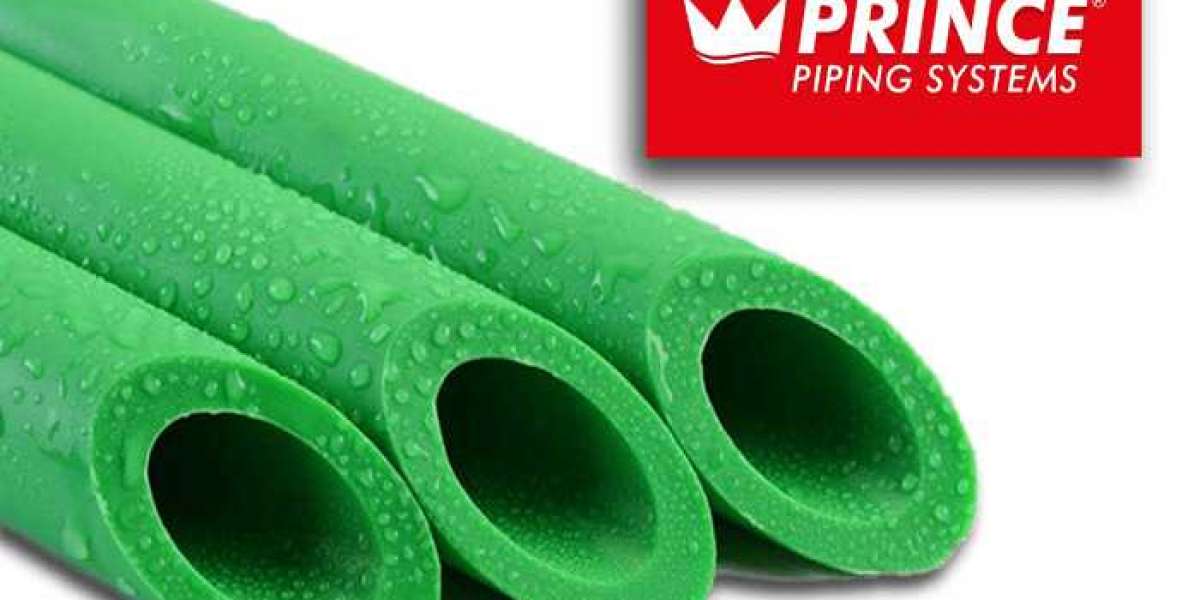As a homeowner, your daily need for safe drinking water is paramount. However, the municipality’s water supply is not always available 24/7. This necessitates the importance of water storage, bringing tanks into the picture. They are indispensable for meeting your household’s daily water requirements while ensuring a reliable source. Therefore, choosing the right water tank has become crucial for homeowners, businesses, and industries.
A house needs an antibacterial, virgin plastic water tank that is 100% UV-stabilised, rust-proof, strong, and durable. Polyethene tanks have various storage capacities that cater to your specific requirements. They are also budget-friendly. You can buy them in different sizes and storage capacities.
How to choose one?
India has diverse climatic conditions in different parts of the country. In terms of quality, a water tank that is durable and does not wither in extreme climatic conditions should be your first choice. One should also consider the water tank’s material, shape, and colour. Besides, its capacity, depending on the water supply from your municipality, should be sufficient.
If the water supply is low, you need to buy one with a higher storage capacity. Let us break down the factors to consider:
Capacity
When buying an overhead water storage tank, consider your family’s size and water consumption needs first. The more occupants, the more water consumption. If you have a family of three to four people, a 500—to 600-litre storage tank is sufficient. If the number is higher, you need a 700—to 1000-litre storage tank. Similarly, if you plan to install one for a commercial complex, ensure the tank is at least 2000 litres.
Shape
Water storage tanks come in various shapes, such as rectangular, circular, cylindrical, and oval-shaped. The choice of tank shape influences the aesthetic appeal and affects factors such as water storage capacity and installation flexibility. For example, cylindrical tanks can be used for above ground and underground applications. They are best for residential, commercial, and industrial use.
Colours
Most people buy water tanks based on their aesthetic appeal, and everyone’s choice differs. There are two other factors to consider. One is that dark colours absorb heat, making the water hot and unpleasant. Light colours do better than darker ones in tests of extreme ultraviolet weathering. A wide range of colours are available with different tones to suit individual customer choices, such as saffron, blue, white, green, yellow, black, and orange.
Material and durability
As a buyer, you should choose a durable water tank. Due to varying temperatures, pressure can build up in the tank. You should prefer buying tanks with extra ribs that reduce bulging and minimise the chances of bursting under pressure.
Conclusion
A well-chosen tank can offer immense benefits, including peace of mind, water security, and long-term cost savings. However, you need to be wise, careful, and confident while buying it, as your entire family’s well-being depends on its water and food consumption.









